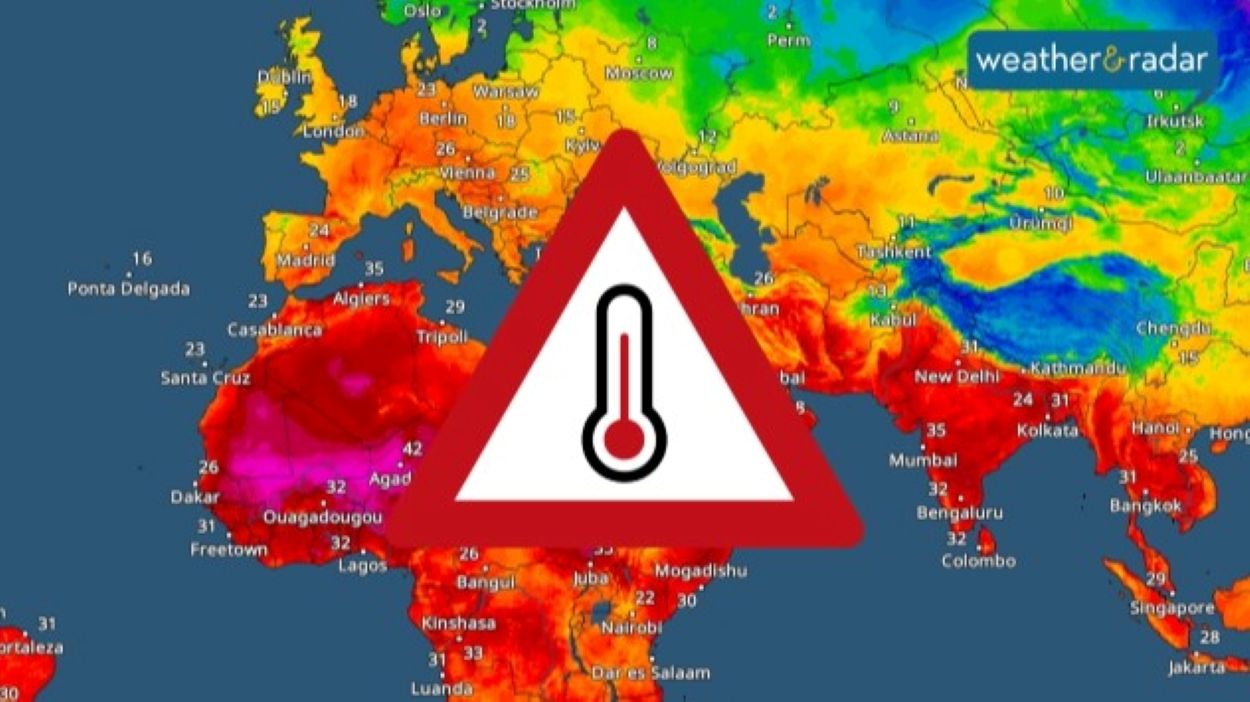On Tuesday, Europe’s climate monitor announced that March saw historic high temperatures, continuing a remarkable heatwave that has been challenging scientific predictions.
According to the Copernicus Climate Change Service, this past March was the hottest ever recorded in Europe by a substantial margin, which has exacerbated rainfall extremes across a continent warming faster than any other. Meanwhile, the world experienced the second-hottest March on record in the Copernicus dataset, maintaining a pattern of record or near-record-breaking temperatures that has been consistent since July 2023.
Since that time, nearly every month has been at least 1.5 degrees Celsius (2.7 degrees Fahrenheit) warmer than the pre-industrial era, marking a significant shift due to human activities like burning coal, oil, and gas. March’s temperatures were 1.6C (2.9F) above pre-industrial levels, continuing an extreme anomaly scientists are still endeavouring to understand fully.
Global temperatures hit historic highs for March, says EU monitor
➡️ https://t.co/JMQapV4vOR pic.twitter.com/pTMCNpfjkZ
— FRANCE 24 (@FRANCE24) April 8, 2025Friederike Otto of the Grantham Institute for Climate Change and the Environment at Imperial College London remarked, “The fact that we’re still at 1.6C above preindustrial levels is remarkable. We are very firmly in the grip of human-caused climate change.”
Contrasting Extremes and Climate Impact
Scientists caution that each fraction of a degree in global warming amplifies the intensity and frequency of extreme weather events, such as heat waves, heavy rainfall, and droughts. The additional heat trapped by greenhouse gases like carbon dioxide and methane raises temperatures. This affects global rainfall patterns and cyclone energy due to higher evaporation and moisture levels in the atmosphere and seas.
In Europe, the temperature in March was 0.26C (0.47F) above the previous record set in 2014, Copernicus reported. Samantha Burgess of the European Centre for Medium-Range Weather Forecasts, which operates the Copernicus climate monitor, noted, “It was a month with contrasting rainfall extremes across the continent, with some areas recording their driest March and others their wettest in about fifty years.”
"Une situation exceptionnelle": l'observatoire Copernicus annonce que l'Europe a connu son mois de mars le plus chaud jamais mesuréhttps://t.co/3SA0dLAYjx pic.twitter.com/4gTeJPorsr
— BFMTV (@BFMTV) April 8, 2025Global Climate Trends and Persistent Heat
This persistent surge in global temperatures led to 2023 and 2024 becoming the hottest years on record, with last year being the first full calendar year to exceed the 1.5C safer warming limit agreed upon under the Paris Climate Accord. While this breach was temporary, scientists warn that the goal of keeping temperatures below this threshold is becoming increasingly difficult to achieve.
Despite expectations that the extraordinary heat would decrease after a warming El Nino event peaked in early 2024, global temperatures have remained high, sparking debates among scientists about additional factors that could be influencing this warming trend.
The European Union monitor, leveraging billions of measurements from satellites, ships, aircraft, and weather stations, assists in these climate calculations. Its records date back to 1940, but other historical data sources like ice cores, tree rings, and coral skeletons allow for a broader analysis of past climates. This indicates that the current period is likely the warmest Earth has been in the last 125,000 years.






